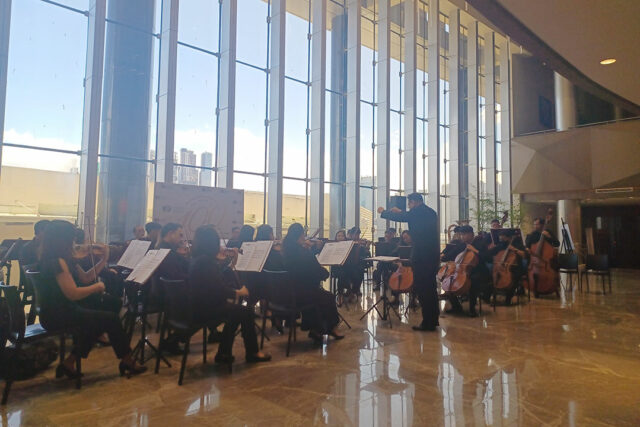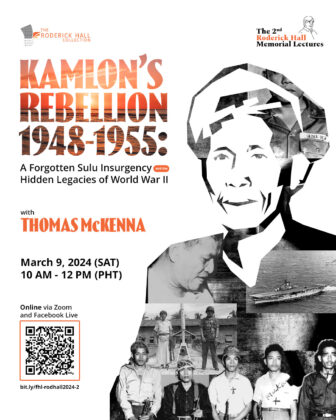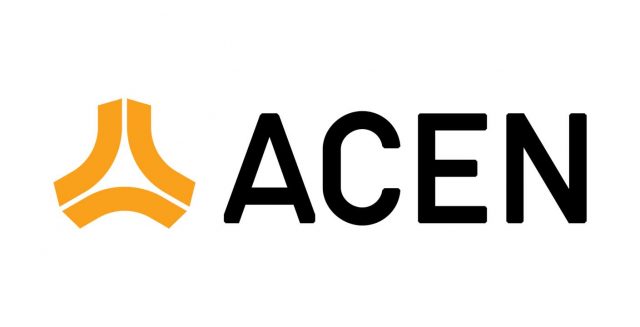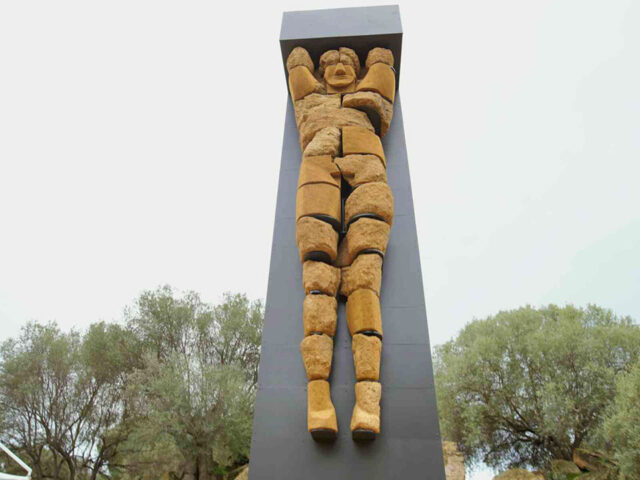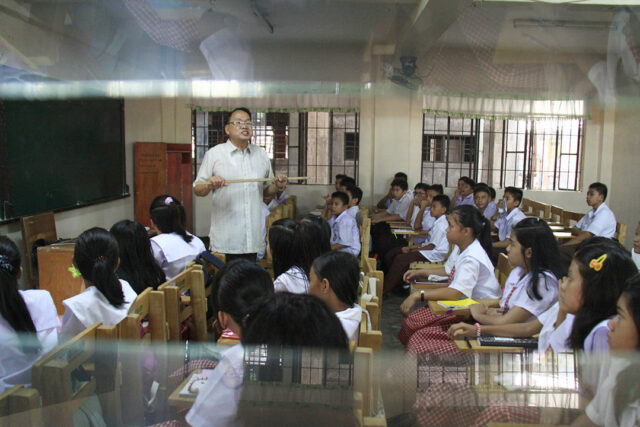Art in the Park brings art to everyone
ART will once again be accessible to many at the Jaime Velasquez Park in Makati City this March.
More than 60 exhibitors representing galleries, art collectives, independent art spaces, and student groups will showcase diverse Filipino talent at the 18th edition of Art in the Park on March 17, from 10 a.m. to 10 p.m.
In addition to entrance to the fair being free, the prices for artworks are capped at P70,000, with many art lovers able to score coveted pieces for even less. “This is really meant to be an affordable art fair,” said Art in the Park co-founder Trickie Lopa, at a Feb. 27 media roundtable in Pablo Bistro, Makati City.
After having been held online during the COVID-19 pandemic years, in 2023 it was finally held fully onsite. This year’s iteration follows suit, three weeks after thousands of guests were welcomed at its more exclusive counterpart, Art Fair Philippines, proving that the demand to view art in person is truly back.
“This year we have many artists who have joined the fair over the years and are back again to showcase their works. That sense of community is really the spirit of Art in the Park,” Ms. Lopa said.
FEATURED ARTISTS
Every year the fair highlights a number of artists whose works are shown in special exhibits around the park. This year’s featured artists are multimedia graphic artist Demi Padua, and abstractionists Pepe Delfin and Clarence Chun.
Mr. Padua, who has exhibited his works in every edition of Art in the Park since 2006, will be blending figurative and abstract elements through photorealistic visual collages, a style for which he has become known.
“I want to play around for this next exhibit. I’m still working on my pieces but I’m experimenting with a lot of things,” he said, not giving away too many hints. However, his works may involve mixed media.
Ms. Delfin, also in the middle of creating her contributions to this year’s fair, told BusinessWorld that people can expect paintings about “a child’s inner world” as well as a large interactive piece. Her art style explores abstract forms through geometric shapes and lines.
“I’ve painted murals before, but I’ve never done a public, interactive one, so the pressure is definitely there,” she said. “I hope people do approach the mural!”
Mr. Chun plans to continue using abstraction to explore his connections with places, most recently Metro Manila. As a Filipino immigrant to the US who is now back in the Philippines, his process involves “destroying his work” with paint for a more truthful depiction of his hectic environment.
“I usually have small pieces but as a featured artist I’ll be doing big works,” he said at the roundtable. “My heart actually races when I have to apply those frenetic paint splatters onto them.”
MUSEUM FOUNDATION
Proceeds from Art in the Park will go to the Museum Foundation of the Philippines, in support of its projects and programs for the National Museum of the Philippines and its network.
This year’s exhibitors include Ang INK, Archivo 1984, Arnold Art Collection, Art for Space, Art LAB, Art Toys PH, Art Underground, Art Verite, Artbeat Collective, Artery Art Space, Authenticity Zero Collective, the Avellana Art Gallery, Boston Art Gallery, Cartellino, Cevio Art Haus, Cornerstone, FA Gallery, FotomotoPH, Fuse Projects;
Galería de las Islas, Galeria Paloma, Galerie Anna, Galerie Artes, Galerie Stephanie, ILCP Art Space, ISTORYA STUDIOS, J Studio, John and Tessy Pettyjohn, Kaida Contemporary, Kalawakan Spacetime, KASIBULAN, Komiket, Kulay Art Group, Kuta Artists Group, Looking for Juan;
MAG, Metro Art Gallery, MONO8, Nineveh Artspace, Orange Project, the Pintô Art Museum and Arboretum, Qube Gallery, Redlab, Resurrection Gallery, Sheerjoy, Sierra Madre Gallery, Space Encounters, Superduper Gallery.
Exhibiting too will be The Mighty Bhutens, the Thursday Group, Tin-Aw Art Projects, Tiny Canvas, the UP Artists Circle, the UP College of Fine Arts, Urban Sketchers, Village Art Gallery, Vinyl on Vinyl, Vmeme Contemporary, White Walls Gallery, and Ysobel Art Gallery.
Visitors seeking refreshments or a dining experience will have a variety of food and beverage concessionaires to choose from at the fair. Any Name’s Okay and Soulful Mood will also be performing songs throughout the day.
BPI Credit Cardholders can enjoy special perks and privileges. For a minimum purchase of P3,000, they can convert purchases into monthly installments at 0% interest for up to six months. There is also a “Buy Now; Pay 3 Months Later” option.
For more information, visit www.artinthepark.ph or @artintheparkph in Facebook and Instagram. — Brontë H. Lacsamana







